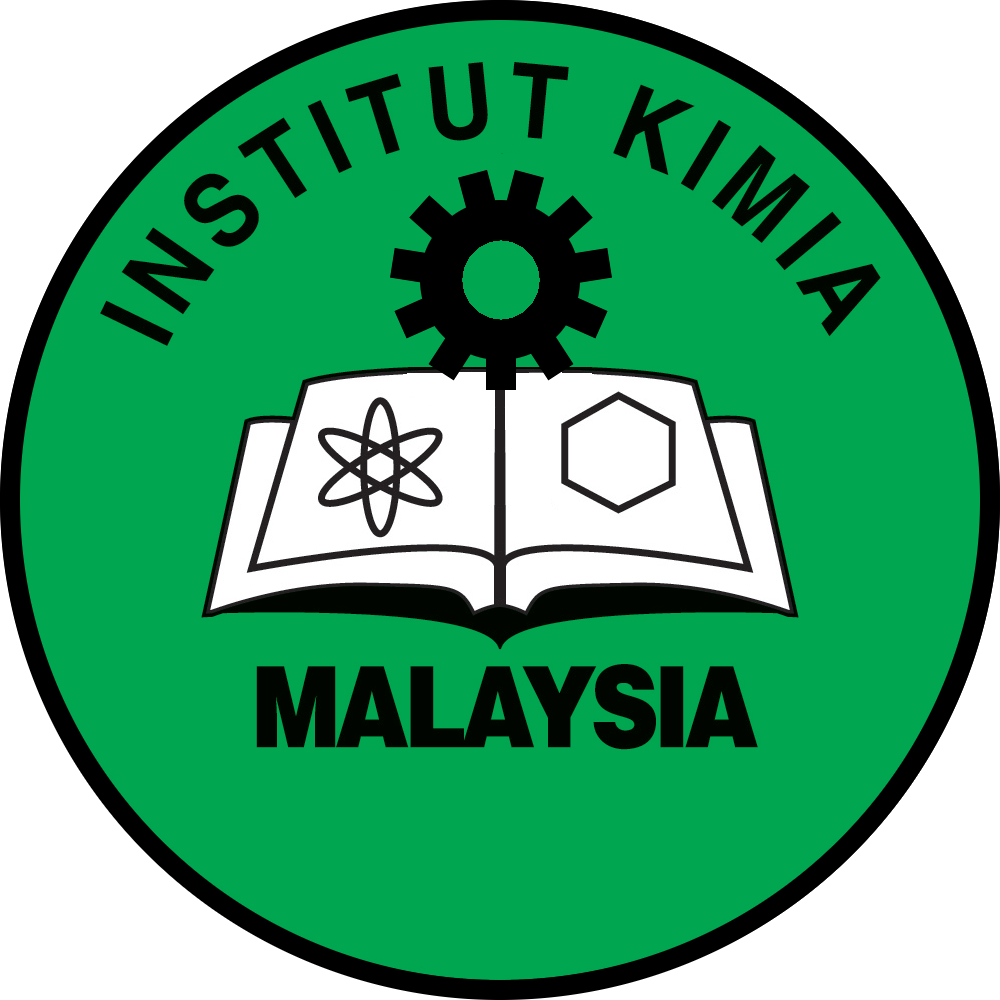Process Optimization of Alumina Extraction from Aluminium Dross Via Response Surface Methodology
DOI: https://doi.org/10.55373/mjchem.v26i6.121
Keywords: Alumina; aluminium dross; optimization; response surface methodology; waste valorization
Abstract
Despite its toxic nature, aluminium dross (AD), which is composed primarily of aluminium oxide, alloying elements, and salts such as sodium chloride (NaCl) or potassium chloride (KCl), may be repurposed into valuable applications. Various techniques including precipitation, leaching, sol-gel, and hydrothermal methods have been explored for alumina (Al2O3) extraction. However, there have been no specific studies reported on process optimization to date. Acid-leaching precipitation, a hydrometallurgical approach, was applied to treat and recover alumina from AD samples in the present study. Response surface methodology (RSM) with Design Expert® (DE) software was employed to optimize alumina production by investigating the interactions of parameters and varying the experimental conditions: temperature, acid concentration, and pH precipitation. X-ray fluorescence (XRF) analysis was used to determine the percentage of alumina recovery from the AD sample. RSM revealed that the acid concentration had a strong effect on alumina yield, while pH significantly influenced its purity. The optimal parameters for alumina extraction were 2.2 M acid concentration, leaching at 71.5 °C, and precipitation at pH 6.5, which gave a maximum yield of 42.17 % and a purity of 91.90 %.
